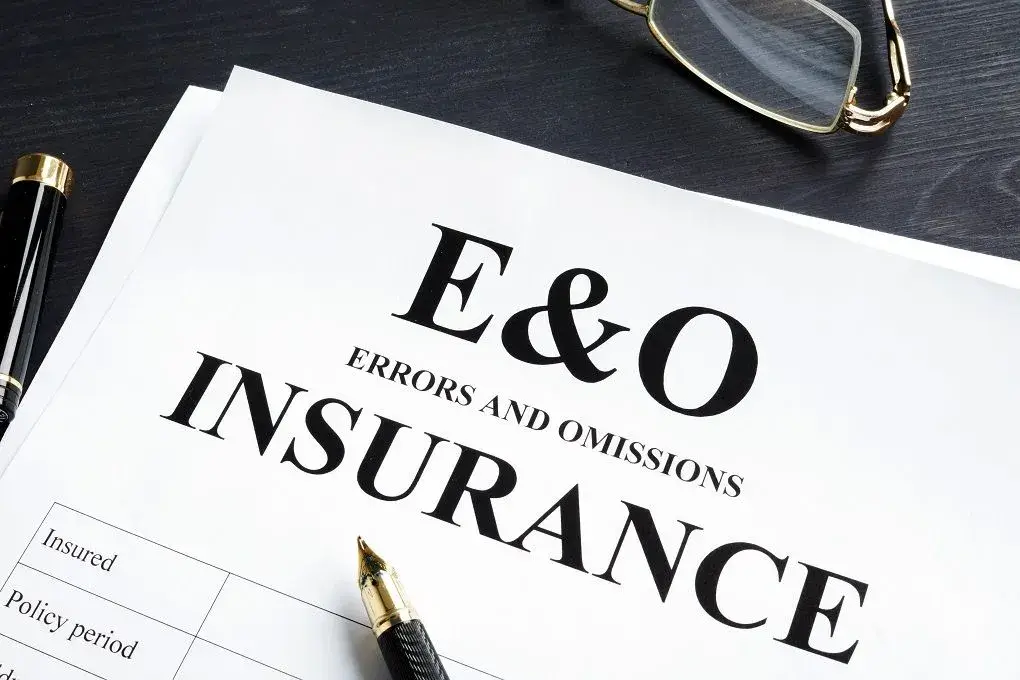When purchasing any new Errors and Omissions insurance policy or Tail Coverage, providing your correct policy retroactive date is crucial, especially when Switching Professional Liability Insurance Carriers. The retroactive date on a Claims Made Policy is the starting point from which your policy will cover past acts or omissions. It represents the date from which your E&O insurance coverage limits begin, even if a claim arises after the new policy’s effective date. This is particularly important as it ensures that any potential claims relating to services provided before the policy start date are still covered.
Continuous Coverage
The retroactive date ensures continuity of coverage for past acts or omissions when switching professional liability insurance carriers. If you provide the new carrier with a created or incorrect date, you will create a coverage gap. This gap, if discovered during a Claims Investigation, may void any coverage based on that date or worse, be deemed fraud and your policy canceled as of that day or revoked completely. This would leave you open to the complete responsibility to pay any attorneys fees and court verdicts yourself.
Prior Knowledge Exclusion
E&O Insurance policies often include a “prior knowledge” or “known acts” exclusion. This exclusion will deny coverage for any filed claims deemed Denied for acts or omissions of which you were found to be aware previous to the policy retroactive date. In short, when you sign your new application for coverage and you know of or may have been aware of a previous incident that may result in a future claim from a previous policy period, you may be subject to a revocation of your E&O Insurance Benefits.
Previous policy non-renewal or previous cancellation for any reason
If you purchase new E&O Insurance coverage knowing you’ve incurred a lapse in coverage now or a previous lapse during a prior Errors & Omissions policy period for which a Retroactive Date was used to create an insured time period, and this act is discovered, your current coverage may be canceled or withdrawn. Further, you may be subject to being reported to the state insurance authority or authorities to which you hold a current Property and Casualty License.
Understanding Retroactive Dates
A retroactive date is not just a formality when switching professional liability insurance carriers. It’s a critical element that can significantly impact your coverage. It’s the line in the sand that separates what is covered and what isn’t. It’s your shield against claims arising from past services. When you switch carriers, this date must be accurately conveyed to ensure seamless, continuous coverage. Misrepresentations can lead to severe consequences, including policy cancellation and potential legal liabilities.
Securing Your Professional Future
Switching professional liability insurance carriers can be a complex process, but understanding the importance of the retroactive date can help ensure a smooth transition. It’s not just about securing coverage for today, but also about protecting your professional future. Any missteps can lead to significant financial and legal repercussions. Therefore, always consult with a knowledgeable insurance professional to guide you through the process and ensure that your interests are adequately protected.
In conclusion
Not providing your retroactive date or withholding information regarding a previous claim or possible future claim when Switching Professional Liability Insurance Carriers can have serious ramifications affecting your E&O Insurance Coverage. It may create coverage gaps, exclude claims arising from known acts or omissions, and leave you exposed to significant financial risk. To ensure proper coverage, it’s essential to accurately provide your retroactive date to your new insurance agent. Remember, honesty and accuracy in these matters are not just ethical, but they are also the best way to ensure your coverage is valid and effective when you need it.


